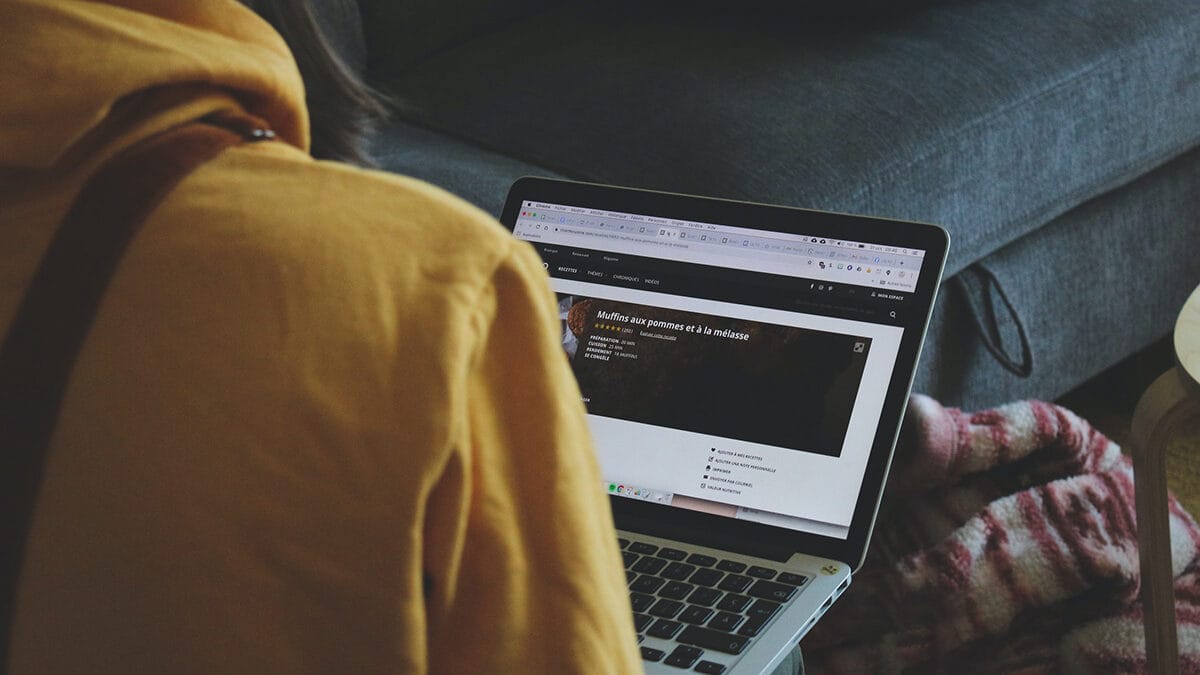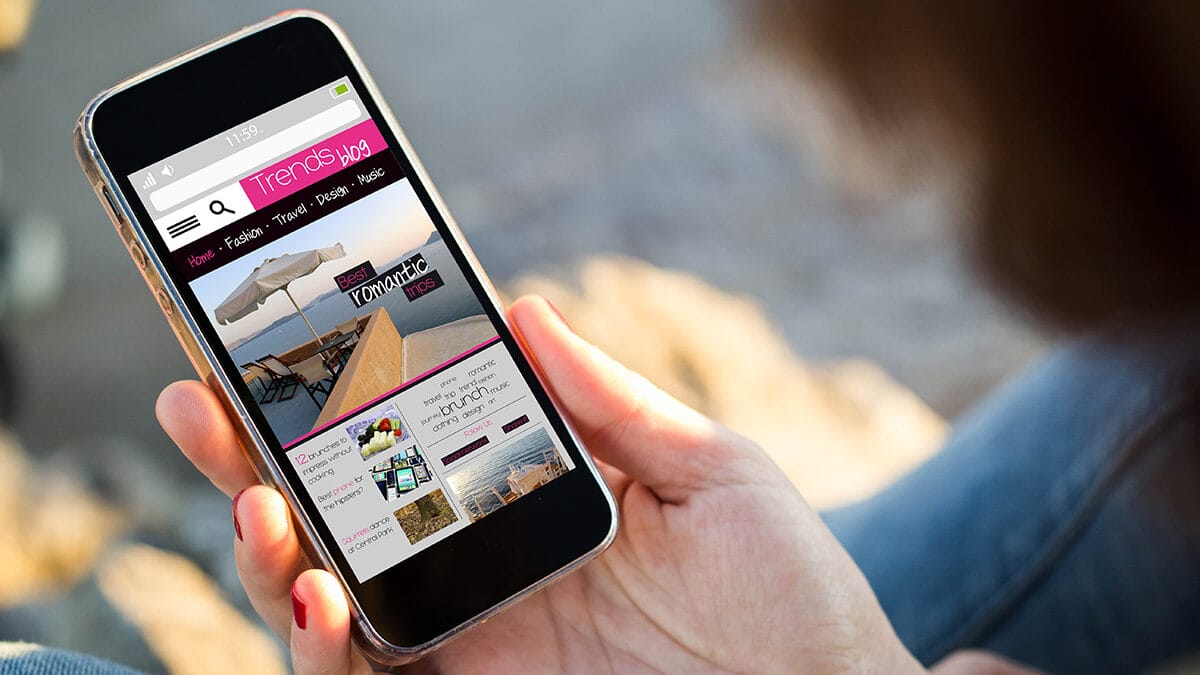The amount of blocked content on the internet is constantly on the rise. Government censorship and geographic restrictions often keep visitors away from social networks, popular streaming sites, and other types of websites. This type of blocking is also common in schools and offices, as network administrators prevent access to “time-wasting” sites like YouTube, Reddit, Netflix, and many others.
So, what can be done to avoid these restrictions? Most people would think about using proxies or VPNs like Surfshark, but what if that’s not an option? Here are a few ways to reach inaccessible sites when using a proxy is not an option.
11 Ways to Unblock Websites Without Using Proxies

For the longest time, proxy servers have helped countless people avoid blocks and access content they need when they need it. If the site you wish to access happens to be blocked for users from your location, all you need is a proxy IP address from one of the “unblocked” countries, and you’d be good to go. If that’s not an option, there are still a few things you can try.
1. Use the IP Address Instead of the URL
Every website has an IP address. If you’re lucky, there’s a chance whoever introduced the block just used the URL and forgot about the IP. In that case, all you need to do is paste the IP of the website you want to visit in your browser’s address bar and add the “https://” in front of it. Here’s how to find a website’s IP:
- Windows OS: Open Command Prompt, type “tracert website.url”, and hit enter.
- MacOS: Open the Network Utility and click on the Traceroute option, then enter the website URL.
- Linux OS: Bring up the Terminal and type “dig website.url” to get the IP.
“The internet is a maze of digits and dots, quietly supporting the URLs we use daily. Sometimes, the path less traveled – the IP – offers a surprising shortcut.”Arpi Amiryan, the product owner of Trusted Clicks.
2. Use Short Links
This method is very popular among students because it works most of the time. On the other hand, more and more administrators are aware of it. Either way, it doesn’t hurt to try. The URL shortening services saw a massive boom thanks to Twitter. Back in the day, URLs counted toward a tweet’s character limit. Reducing them to just a few characters became the norm, allowing users to express their thoughts with more characters.
Of all the methods listed, this one is probably the easiest to perform. You just copy the URL you’re interested in and paste it into a shortening service like TinyURL or Bitly to get your short URL. Since it’s brand new, there’s a good chance it’s not blocked, so you’ll be able to go where you want to go.

3. Convert Pages to PDF
While this method might be unconventional, you know what they say – necessity breeds innovation! There are many services out there that convert web pages to PDFs. All you need is to get the URL and pick one of the countless free and paid online conversion services.
If you’re only interested in text, this method is all you need. You’ll also end up with a document that’s easy to print and share with other people. The only downsides are occasional formatting errors and the conversion limit, should you decide to go with a free option.
4. Check for Available WiFi Networks
This one sounds pretty obvious. If you can’t access a website from the network, you’re currently on, take out your phone and check if any wireless networks are available. If you happen to get lucky and find one, it solves all your problems, and you can enjoy the content you’re after.
Using public networks does come with a few downsides worth mentioning, though. The biggest one of these is that they’re very unreliable and can go down at any time. Public networks also come with quite a few security issues. The best way to stay safe is to avoid accessing or using any sensitive data (like pins, passwords, etc.) while on a public network. They’re a great emergency solution, but nothing more than that.
5. Use Your Phone as a Hotspot
If you just determined there are no public Wi-Fi networks around but you have a decent mobile data plan, here’s another option. The idea here is to use your smartphone as an access point. Unlike converting web pages to PDF, this option works a lot better if you want to reach your favorite streaming service or watch a few YouTube clips.
All modern phones support tethering via Wi-Fi, USB, or even Bluetooth, and it’s pretty easy to set up. However, you need to make sure you don’t get carried away. Keep a close eye on your data usage because going over the limit can be quite costly.
“In a world where public Wi-Fi can feel like a mirage, your smartphone becomes an oasis. It offers a reliable refuge, streaming your favorite content with ease.”Stan Sadokov, the founder and CEO of NodeMaven.

6. Use Translation Services
Services like Google Translate, Microsoft Translator, and many others can translate a whole website from one language to another. Since they need a URL to translate, you can use them to access restricted websites as long as you can access the service itself.
Visit your translation service of choice and paste the URL in the text box. Click the link in the translation output, and you’ll get redirected. The website you’re trying to access doesn’t use the same address anymore, so if you’re lucky, you’ll be able to access the content.
7. Try Using the Tor Browser
One of the options worth considering is the Tor browser. If you can download and install software on the PC you’re using, it’s definitely worth a shot. Just like a proxy or a VPN, Tor conceals your original IP address and assigns a new one from relay servers across the world.
“The largest problem with using Tor is speed since you’re communicating with relay servers hosted by volunteers.”Karolis Toleikis, the CEO of IPRoyal.
If you’re planning to stream content or do other bandwidth-intensive tasks, Tor is probably not the best choice.
8. Look for a Cached Version
Modern search engines wouldn’t work without web crawlers. They constantly go around the web searching for new content and indexing it for more accurate search results. Every time Google’s crawler indexes a website, it creates a copy of the site. If you’re lucky, you might be able to get to the cached version of a blocked site.
To get a cached version of a website:
- Visit google.com and search for the website you want to access.
- In the search results, click the little arrow next to the website’s name.
- Select “Cached” from the list, and you just might get lucky.
You can also check the Wayback Machine, a service that keeps a copy of countless websites in multiple versions. This is a great option if you want to check a website that is no longer online for whatever reason.

9. Use the Website’s RSS Feed
As we all know, an RSS reader comes in handy when you need to get fresh content from a site and read it in an easy and convenient way. If you can’t access websites with your browser, maybe an RSS reader will work. If you just want to check the latest news or something like that, RSS will do the trick.
“It’s important to note that certain RSS readers have the ability to load an entire web page, so you can essentially use them as a first-aid internet browser and get the content you need.”Aleksey Krasnov, the CEO of PrivateProxy.
10. Take Advantage of Your Dynamic IP
This method might solve all your problems if you’re trying to get to a website that blocked your IP. Unfortunately, it will only work if your ISP gives its users dynamic IP addresses, which change whenever you reconnect to the internet. All you have to do is restart your router and check if the website becomes available.
Obviously, if your ISP only supports static IPs, restarting your router won’t do anything for you. If you want to check what type of IP you have, just type “what’s my IP” into your favorite search engine and write it down. Restart your router, visit the website you used to check your IP, and see if it changed or not.
11. Use a VPN
As the name suggests, a virtual private network keeps your IP address private. When you use a VPN, all your traffic goes through VPN servers that are probably not blocked, so you’ll most likely be able to visit the site you want to open. There are plenty of free and paid VPN services out there, and you can find one for all mobile and desktop platforms.
Although it sounds great, a VPN is not always a bulletproof solution. Certain countries prohibit their citizens from using any sort of VPN. Since you need to go through a private server before accessing the internet, you might experience longer loading, timeouts, and other performance issues. Finally, certain services will allow you to access their servers in exchange for your data, so make sure to examine the fine print carefully.
If Nothing Else Works

Hopefully, one (or more) of these methods helped you reach the website you needed. In case none of them work, or you get tired of jumping through hoops, a reliable residential proxy service provides unrestricted surfing and makes this game of cat and mouse a thing of the past!





